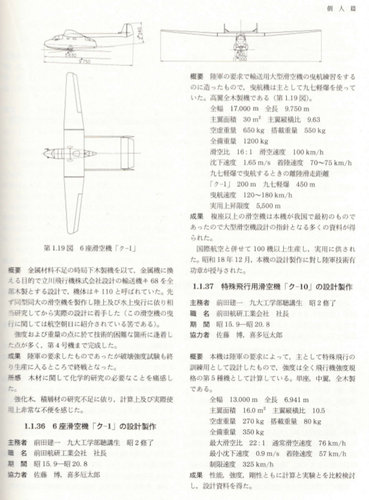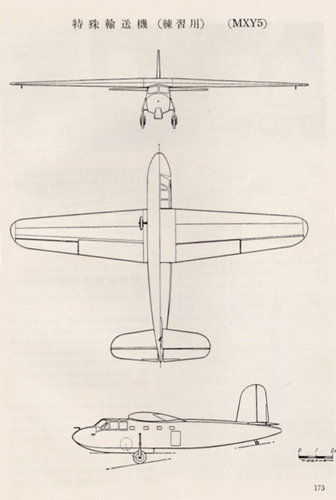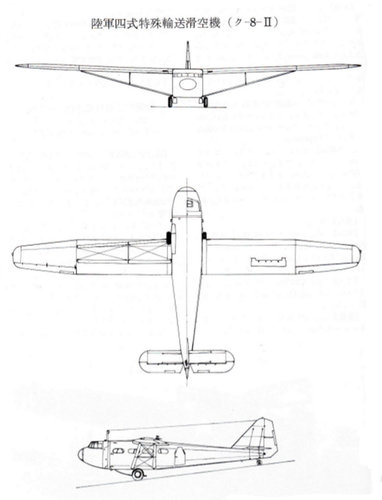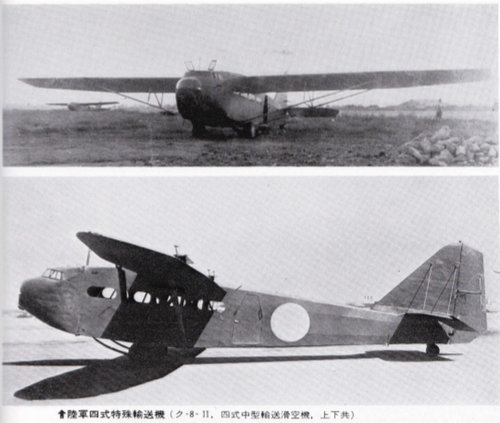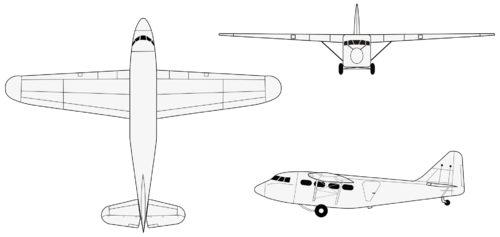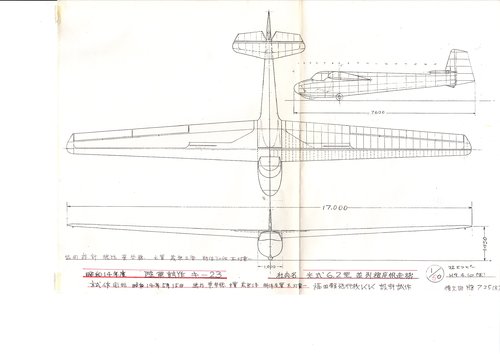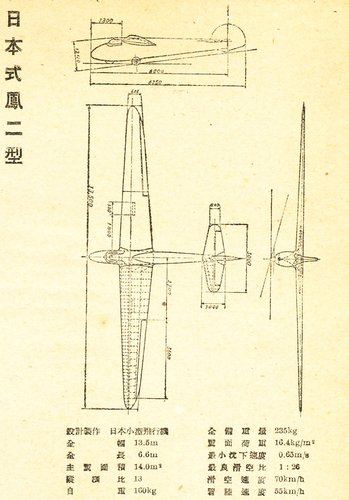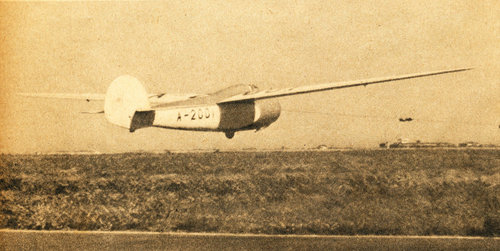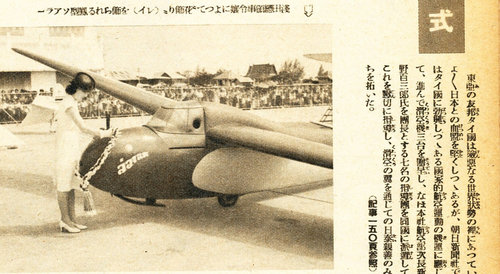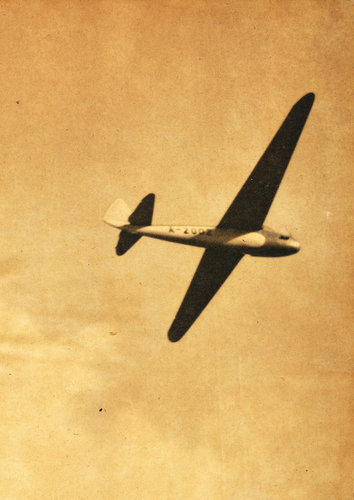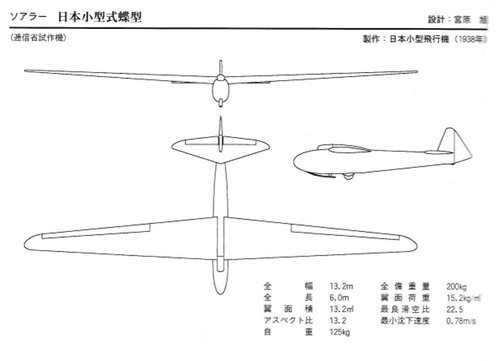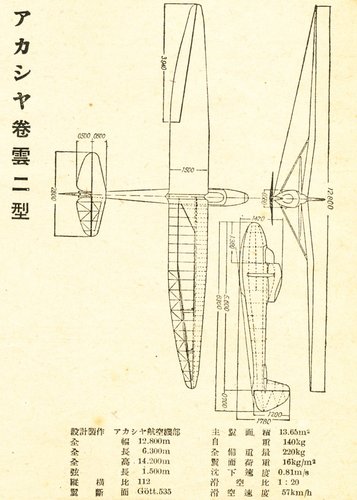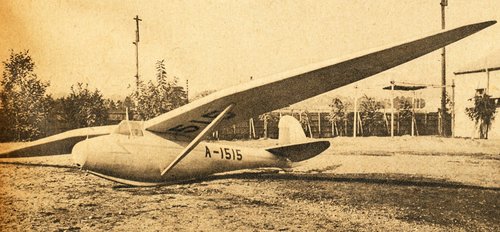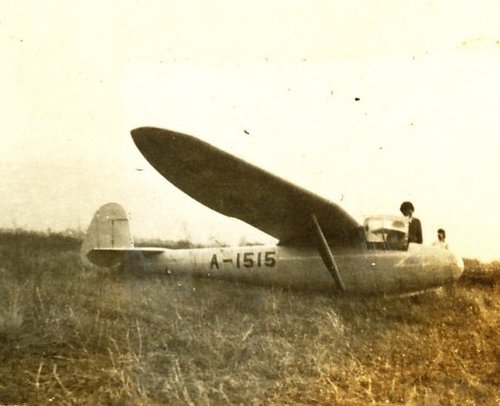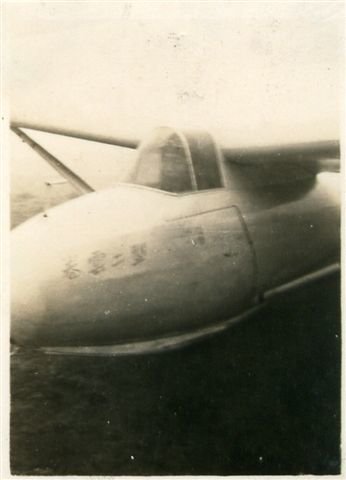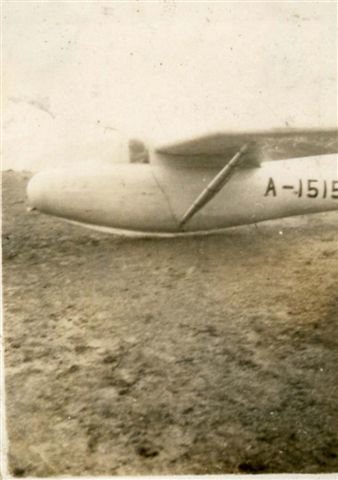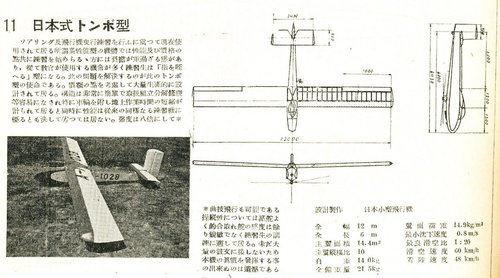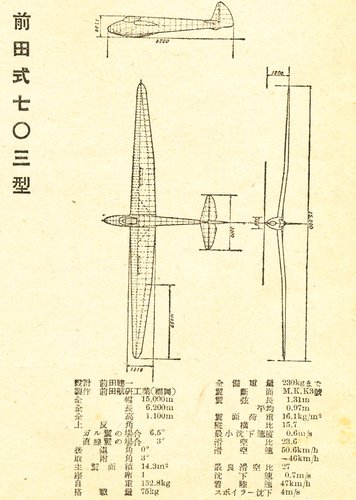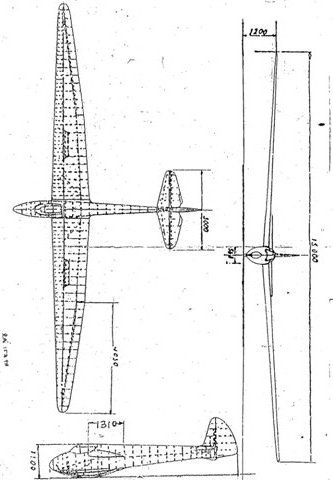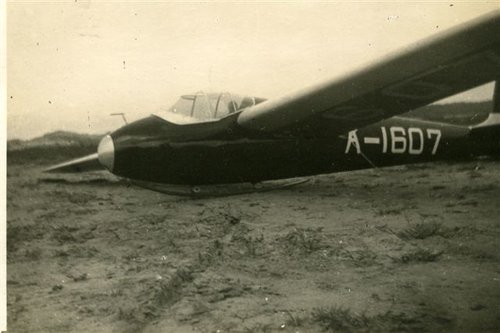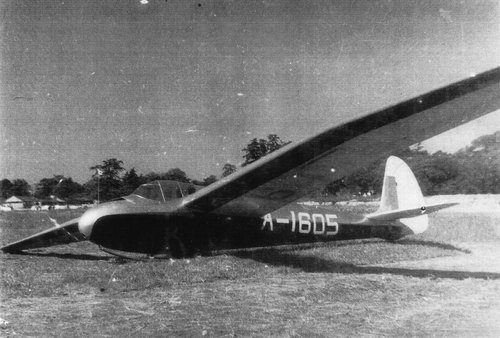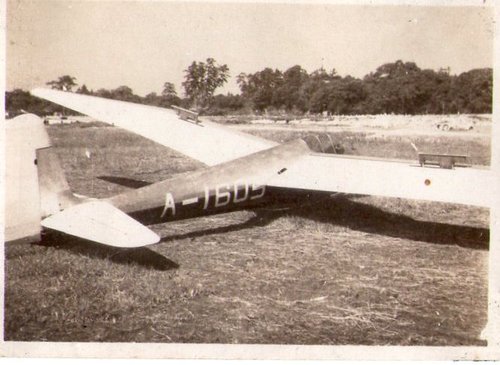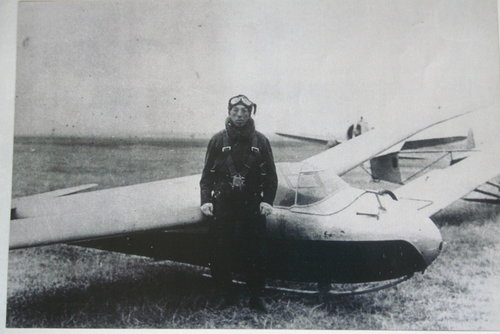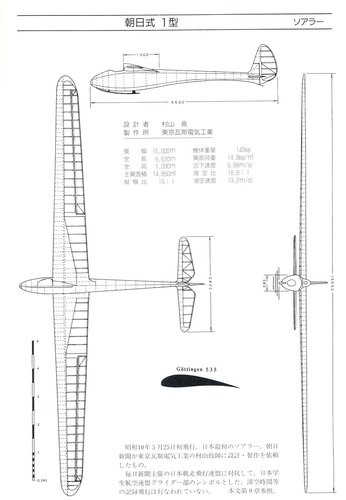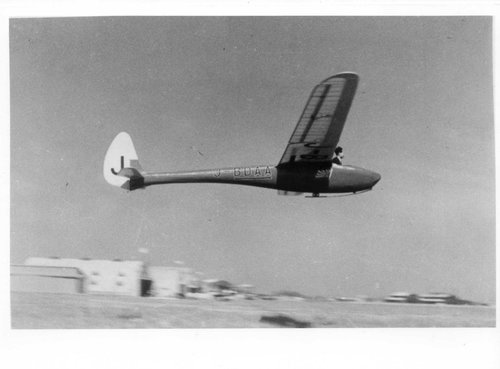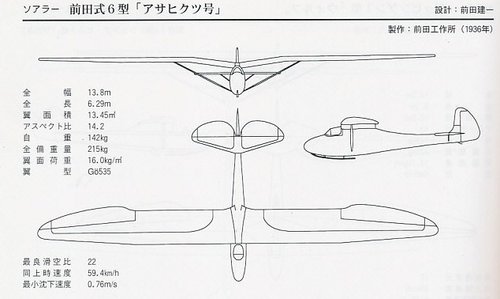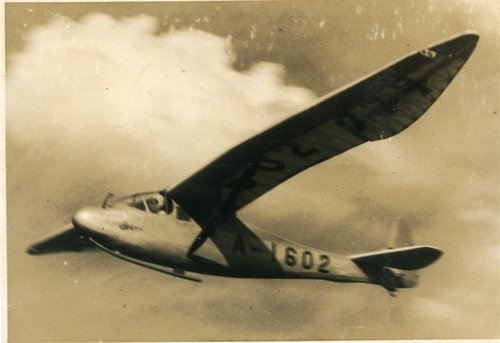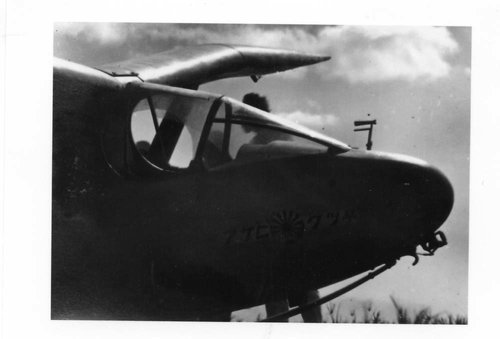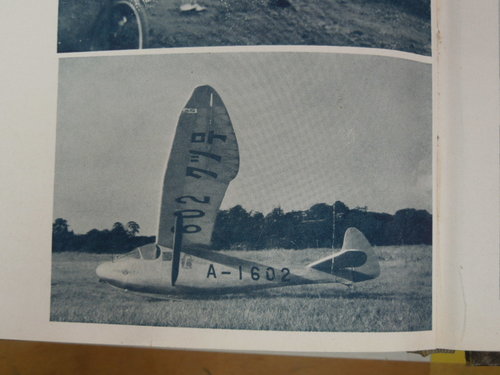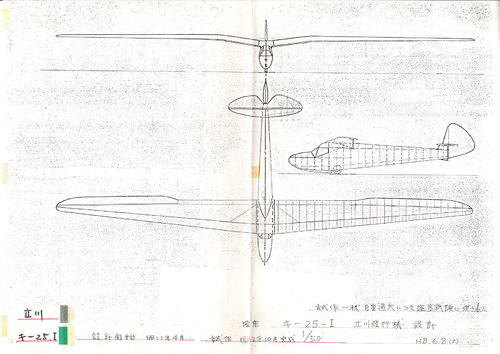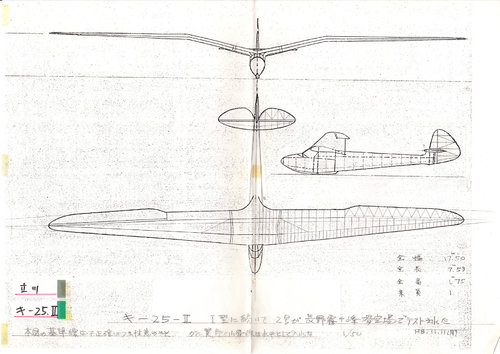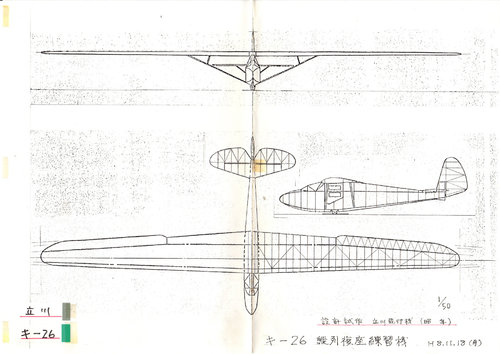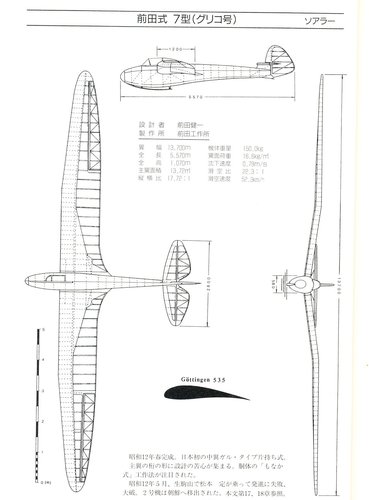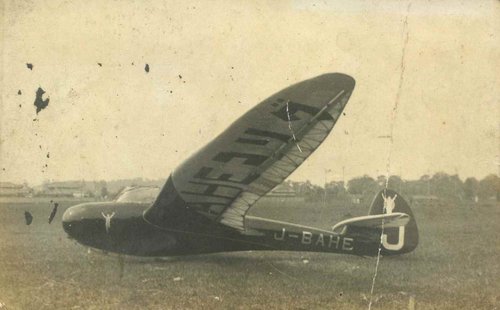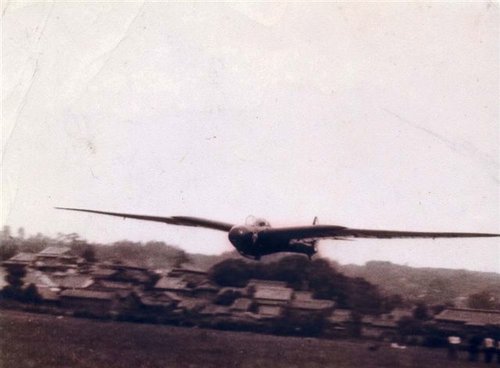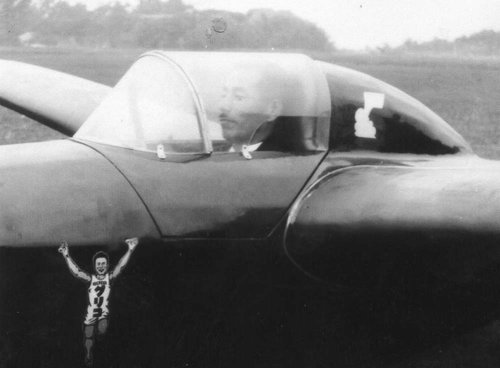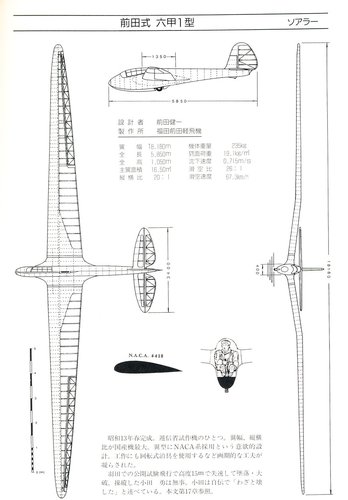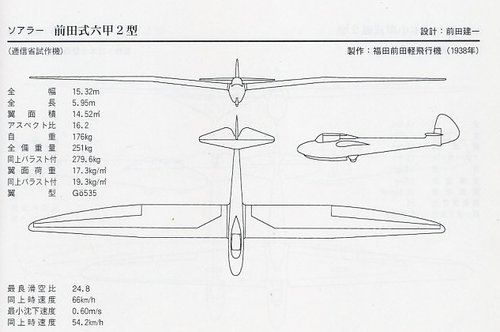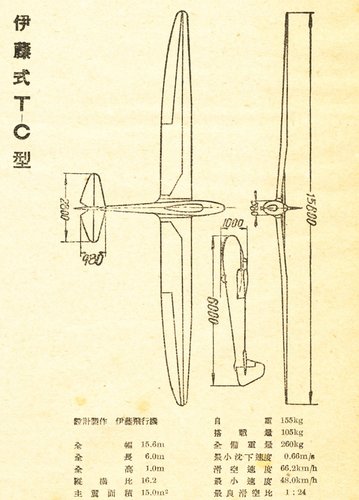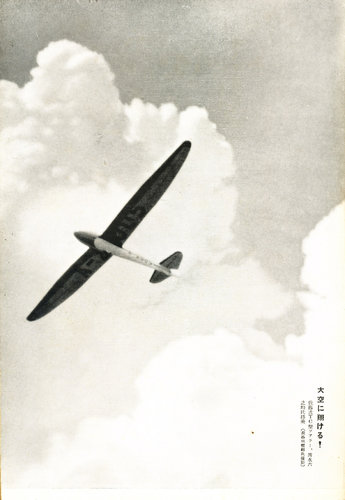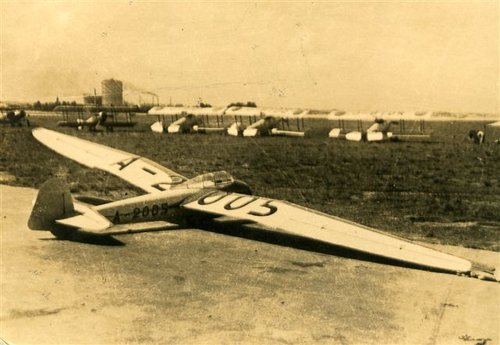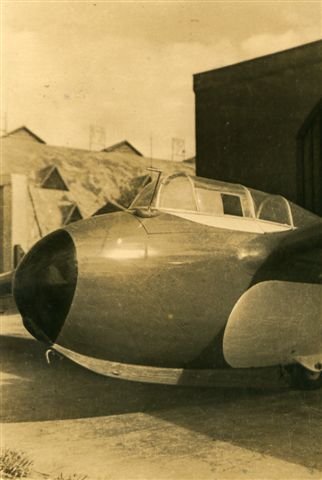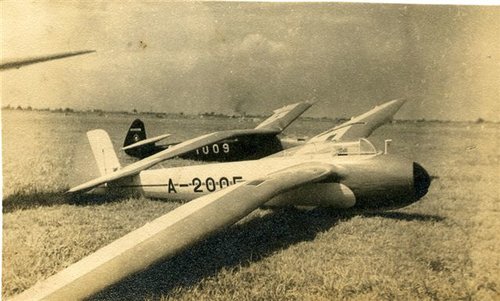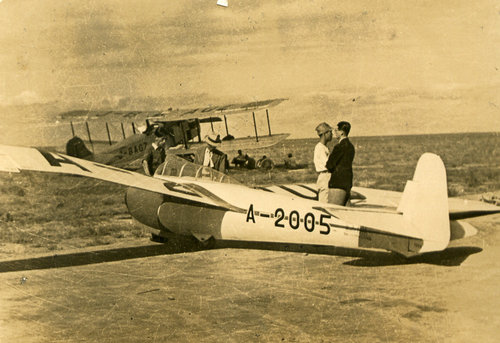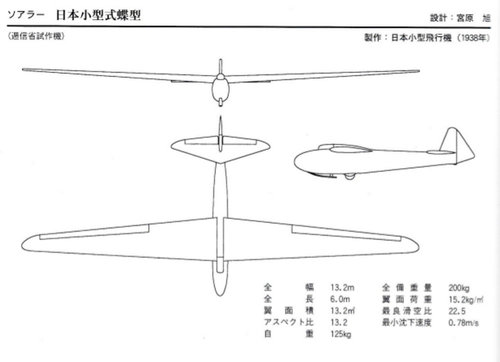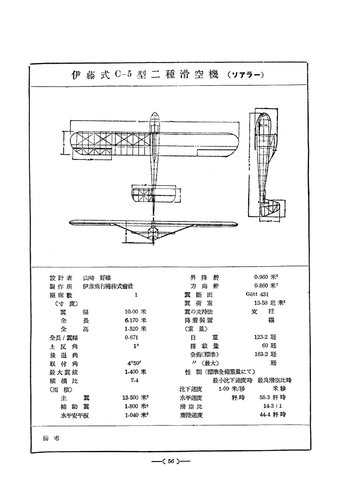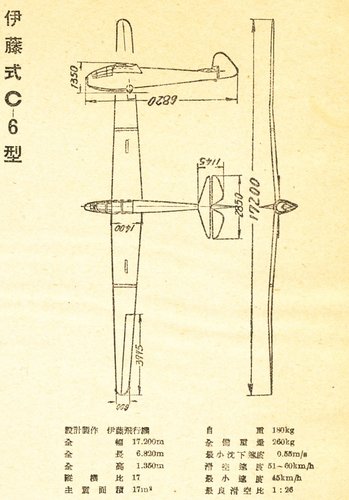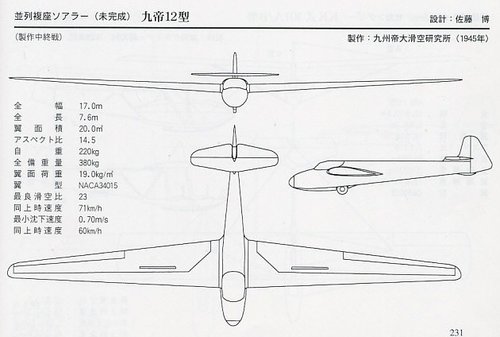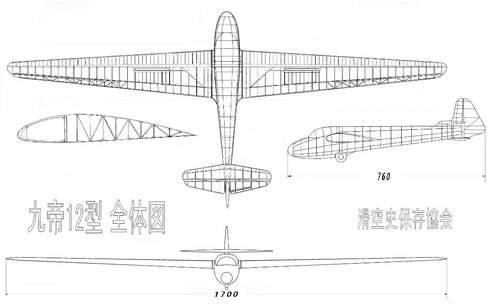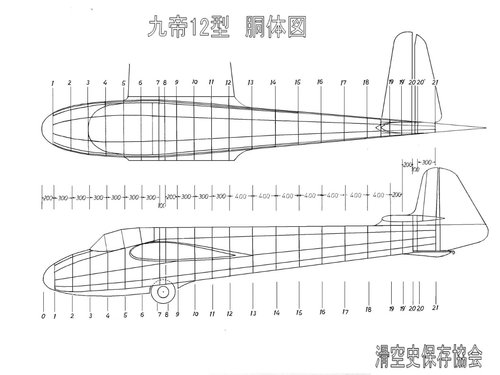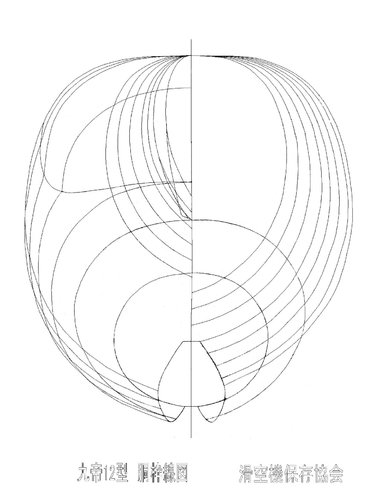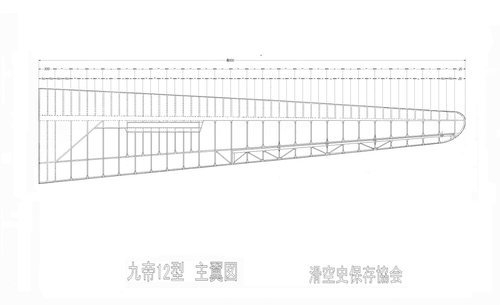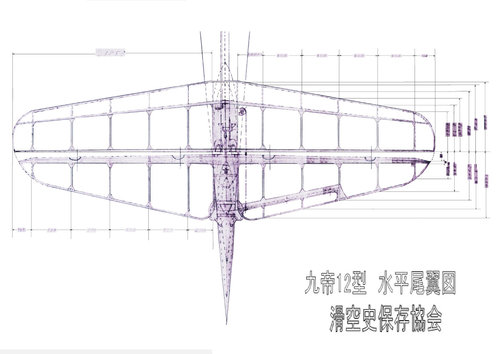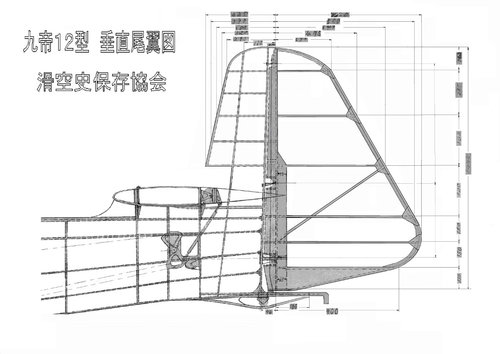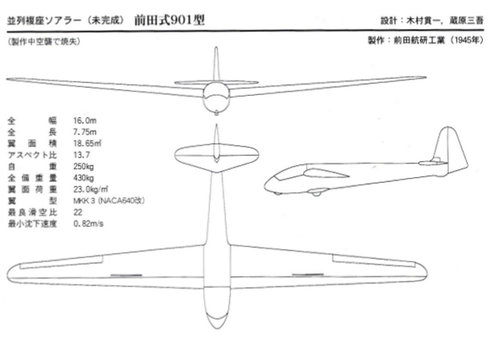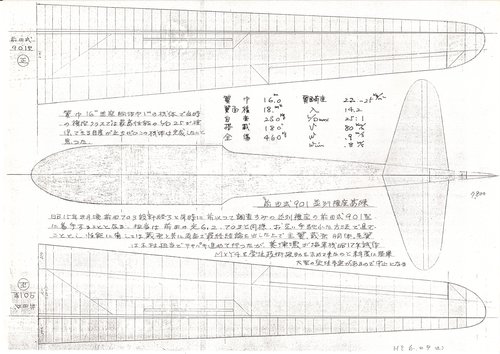blackkite
Don't laugh, don't cry, don't even curse, but.....
- Joined
- 31 May 2007
- Messages
- 8,784
- Reaction score
- 7,573
Hi! Nihon shiki Kamogata(日本式鴨型), 鴨 (Kamo) : means wild duck(canard)
In 1944, the Institute of Technology planned a prototype of a glide aircraft for the purpose of researching the performance of the canard aircraft as the first research project. The aircraft was produced by a Japanese small airplane, and at the end of 1944, the design was started by the engineer, And the aircraft was completed at the end of March 1945, and flight experiments began. As a flight experiment plan, and when increasing the wing surface load by shortening the wing width, flight experiments in the case of removing the vertical stabilizer was scheduled. The results of the experiment were also used in the development of Shinden canard fighter, which the Navy had been planning.
The aircraft is a double-seat canard aircraft with a high aspect ratio main wing, and the material is all wood. There is a rudder that also serves as an air brake at both ends of the main wing. There is a vertical stabilizer at the rear of the fuselage, but the rudder does not have.
In 1944, the Institute of Technology planned a prototype of a glide aircraft for the purpose of researching the performance of the canard aircraft as the first research project. The aircraft was produced by a Japanese small airplane, and at the end of 1944, the design was started by the engineer, And the aircraft was completed at the end of March 1945, and flight experiments began. As a flight experiment plan, and when increasing the wing surface load by shortening the wing width, flight experiments in the case of removing the vertical stabilizer was scheduled. The results of the experiment were also used in the development of Shinden canard fighter, which the Navy had been planning.
The aircraft is a double-seat canard aircraft with a high aspect ratio main wing, and the material is all wood. There is a rudder that also serves as an air brake at both ends of the main wing. There is a vertical stabilizer at the rear of the fuselage, but the rudder does not have.
Attachments
Last edited:



